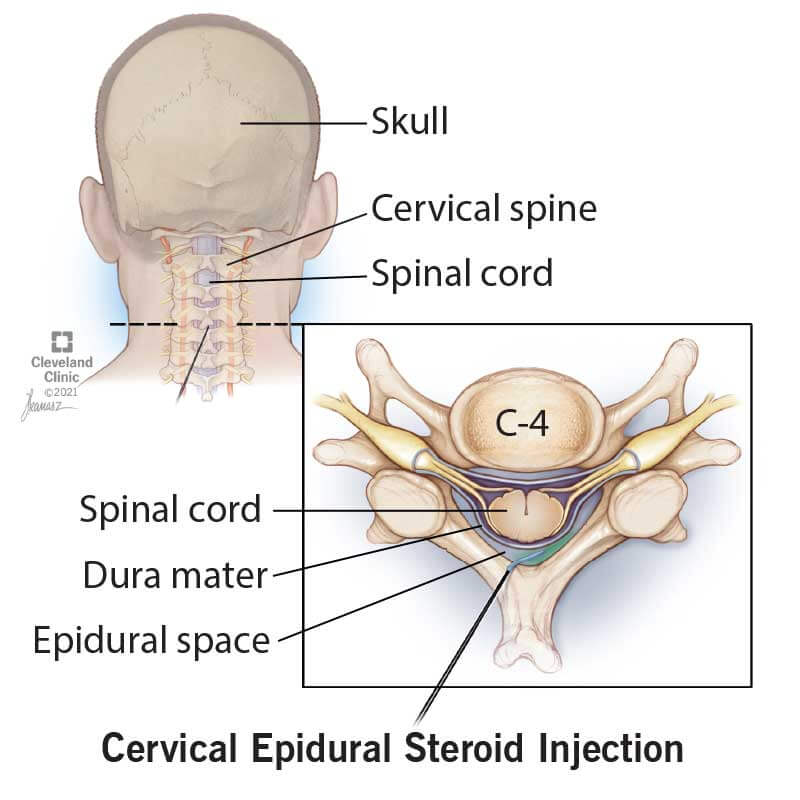Neck pain is commonly reported with an estimated annual prevalence ranging from 30-50% of adults. Of those who experience this problem, approximately 30% will develop chronic, long-term symptoms. Therefore, it is evident that neck pain, also called cervicalgia, should be addressed in a timely manner with emphasis on promoting long-term improvements. This article will discuss common causes of neck pain and treatment options that are available.
Causes of Neck Pain
There are a number of potential factors that can contribute to neck pain. Age-related factors such as osteoarthritis commonly cause neck pain. The degeneration of articular cartilage between the vertebrae can lead to increased pain through the cervical spine. Spinal stenosis, or narrowing of the spaces in the joints of the spine, can lead to compression of the spinal cord of nerve roots which can cause significant pain, numbness, or tingling in the neck or arms.
Physical factors such as overusing the neck musculature with repeated head movements can lead to abnormal muscle tissue quality and tightness that can cause persistent dull, aching pain. Posture can also cause pain or discomfort in the neck. Specifically, those working at a computer for several hours per day may develop a forward head posture that alters the resting position of the cervical spine and the muscles that support it. Over time, this can lead to significant pain and discomfort that can interfere in activities of daily living. Furthermore, those who experience high levels of stress may unintentionally contract the muscles around their neck for long periods of time which can cause similar symptoms.
Treatment Options for Neck Pain
Whether the source of neck pain stems from a traumatic injury or a postural fault, there are treatment options available to alleviate aches and pains in the cervical spine. Non-steroidal anti-inflammatory drugs (NSAIDs) are commonly used to reduce acute inflammation to relieve pain initially. While this is helpful, it may not resolve the symptoms entirely and doesn’t address the underlying causes or factors that contributed to the onset of the pain in the first place.

Physical therapy is crucial in identifying the musculoskeletal and/or neurological factors that contribute to neck pain symptoms. A physical therapist can perform assessments and special testing to determine a likely cause of the neck pain and any abnormalities in the vertebral mobility or muscles surrounding the cervical spine. Once identified, manual techniques, exercises and stretches can be used to address specific deficits to improve function in the cervical spine and reduce pain.
Lastly, some may benefit from steroid injections. This is often utilized for those who have nerve root compression in the spine that does not respond favorably to more conservative treatment. The nerve roots can be compressed either by the movement of the vertebrae or due to herniation of the disks between the vertebrae. When this happens, there is an associated inflammatory response that can lead to significant pain or numbness and tingling into the arms.
If you suffer from neck pain, physical therapy is a great first step in achieving relief. At Respire Physical Therapy, we will work with you one-on-one to address your specific symptoms and work towards goals that are meaningful to you. Call Respire Physical Therapy at 703-671-1871 or click here to schedule an evaluation with a Physical Therapist today to begin your recovery process!
Tags: pt education, choosept, arlingtonva, alexandriava, fallschurchva, ptworks, Physical Therapy, pain free living, Respire Physical Therapy, health blog, physical therapist, movementismedicine, neck pain, cervical neck pain



